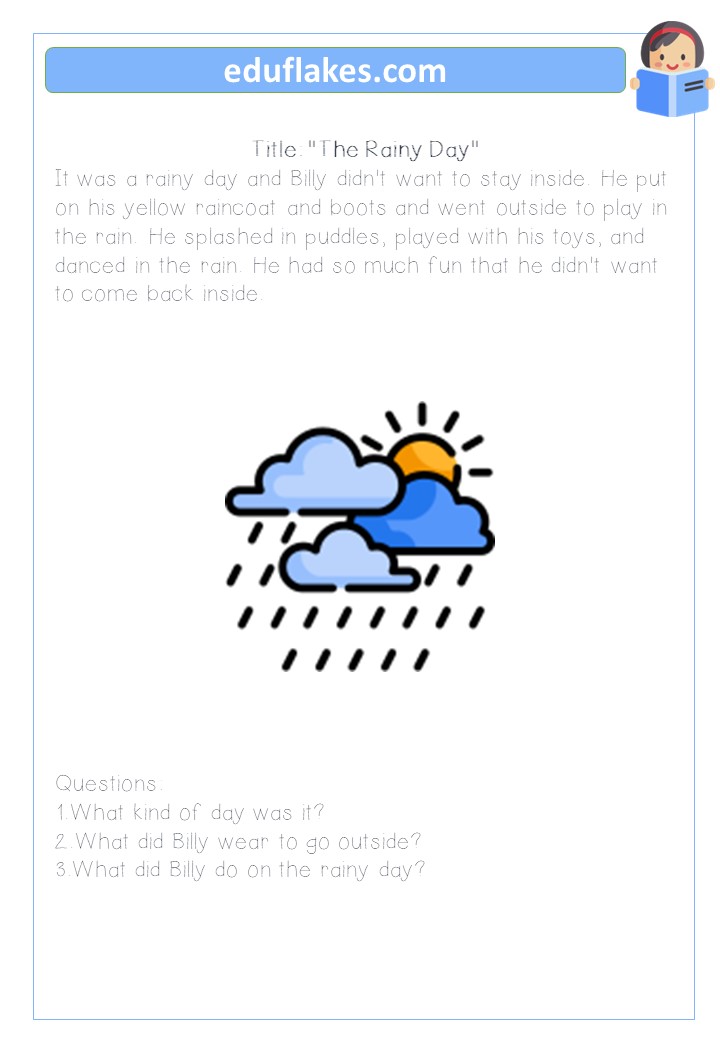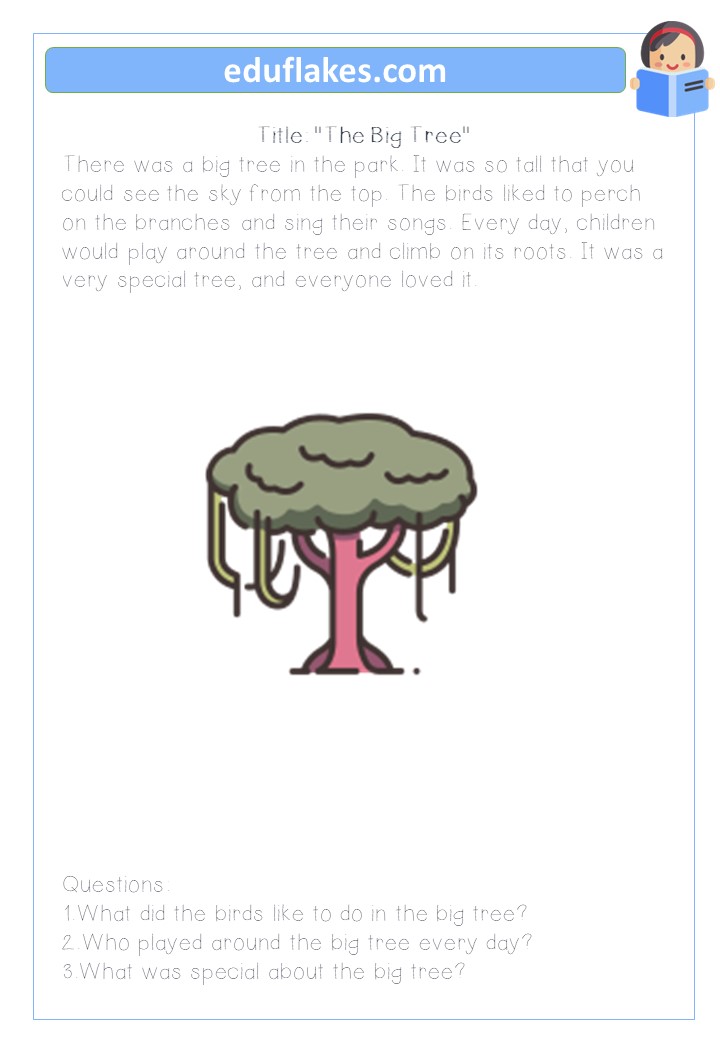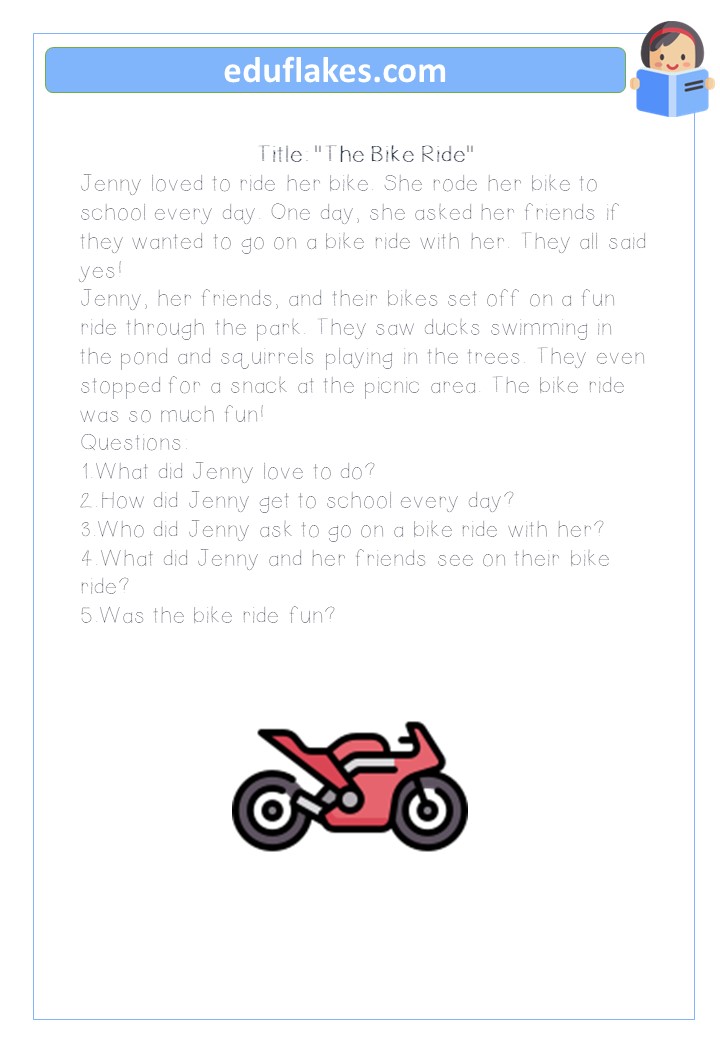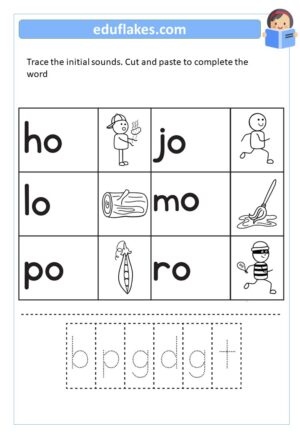Building Strong Reading Comprehension Skills in Grade 1: Strategies, Assessments, and Support
Reading comprehension is an important skill that students begin developing in Grade 1. By focusing on reading comprehension strategies early on, students can build a strong foundation for success in school and beyond.
One effective way to develop reading comprehension skills in Grade 1 is through activities and worksheets that focus on key strategies. For example, teachers can use graphic organizers to help students identify the main idea and supporting details of a text. Additionally, teachers can model making inferences and predictions while reading aloud, encouraging students to do the same.
Assessing students’ reading comprehension in Grade 1 is also important. Teachers can use informal assessments, such as asking questions about a text or having students retell a story, to gauge their understanding. More formal assessments, such as reading comprehension tests, can provide a more comprehensive picture of students’ abilities.
It’s important to remember that every student develops reading comprehension skills at their own pace, so it’s important to provide a variety of resources and activities to support all learners. By providing students with engaging, grade-appropriate materials and opportunities to practice their skills, teachers can help set them up for success both in the classroom and beyond.
Here are some tips to teach reading comprehension to grade 1 students:
- Start with familiar topics: Choose texts that relate to students’ interests and experiences. This can help them feel more engaged and motivated to read.
- Use visuals: Incorporate images and graphics that support the text and help students visualize what they are reading.
- Model strategies: Demonstrate comprehension strategies such as making predictions, summarizing, and asking questions. This can help students understand how to apply these strategies to their own reading.
- Encourage discussion: Encourage students to discuss what they have read with each other, either in pairs or in small groups. This can help them process and analyze the text more deeply.
- Provide feedback: Offer constructive feedback on students’ comprehension skills. This can help them identify areas for improvement and develop a greater understanding of how to approach different types of texts.
- Scaffold instruction: Provide support for students as they learn new comprehension strategies. For example, start with simpler texts and gradually move on to more complex ones.
- Offer varied materials: Provide a variety of texts, including fiction, nonfiction, and poetry, to expose students to different styles of writing.
By incorporating these tips into your instruction, you can help your grade 1 students develop strong reading comprehension skills that will serve them well throughout their academic careers.
- Reading comprehension Grade 1
- Reading comprehension activities for Grade 1
- Reading comprehension worksheets for Grade 1
- Grade 1 reading comprehension strategies
- Developing reading comprehension skills in Grade 1
- Tips for teaching reading comprehension to Grade 1 students
- Grade 1 reading comprehension assessment
- Improving reading comprehension in Grade 1
- Teaching reading comprehension to first graders
- Free Grade 1 reading comprehension resources
- Reading comprehension books for Grade 1





























